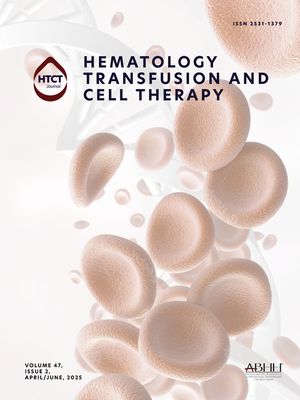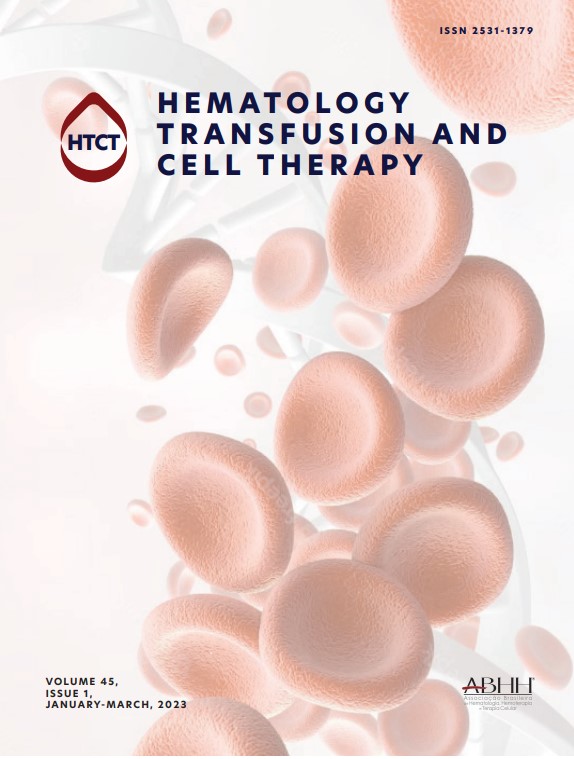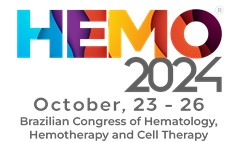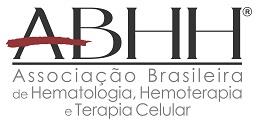
Laboratory diagnosis of Paroxysmal Nocturnal Hemoglobinuria (PNH), as well as clone size determination, is essential for defining PNH subtypes and treatment strategies. In Brazil, PNH guideline define as treatment criteria a clone size > 10%, combined with clinical and laboratory evidences of high hemolytic activity. However, symptomatic patients more often have clones > 30%.
ObjectivesTo present observed differences in flow cytometry evaluation of PNH patients, we analyzed the results from 4265 unique patients assessed by flow cytometry in our remote hematology laboratory in Brazil.
MethodsFrom 2014 to 2024, 4,265 unique cases were processed for PNH evaluation through immunophenotyping. The analysis was conducted according to international guidelines, examining three populations: erythrocytes, neutrophils, and monocytes using mAbs for CD235a, CD59, CD45, CD15, CD64, CD157, and FLAER. Analyses were conducted using Kaluza software after acquisition with Navios or DxFlex flow cytometers (Beckman Coulter). The cases were categorized as negative (no clone present), PNH I (< 10%), PNH II (10-30%), and PNH III (> 30%).
ResultsAmong the 4,265 cases, 58.3% were female and 41.7% were male, with an average age of 44.7 years. Of these, 3,652 cases were negative, 279 (6.54%) were identified as PNH I, 76 (1.78%) as PNH II, and 258 (6.0%) as PNH III. The average percentage of neutrophils was relatively lower than that of monocytes for PNH II and III (paired t-test < 0.0001), with median counts for neutrophils and monocytes in PNH II and III being 11% vs. 17% (p < 0.0001), and 75% vs. 78% (p = 0.065), respectively. Furthermore, 38% of PNH II cases had neutrophil counts below 10%, compared to a monocyte positivity rate over 10% in 98% of cases. The size of the clone in erythrocytes was not highlighted in this study because it is expected to be underestimated in many situations, mainly due to hemolysis and transfusion. Among men, the positivity rate was 21%, and among women, it was 13.8% (chi-squared < 0.0001). There was no association between positivity and age.
ConclusionsThe robust caseload of this study reinforces the importance of analysis across different lineages and indicates that in cases of clonal quantification near the threshold of over 10% clonal cells, monocyte counting is crucial for accurate quantification of PNH clone.






